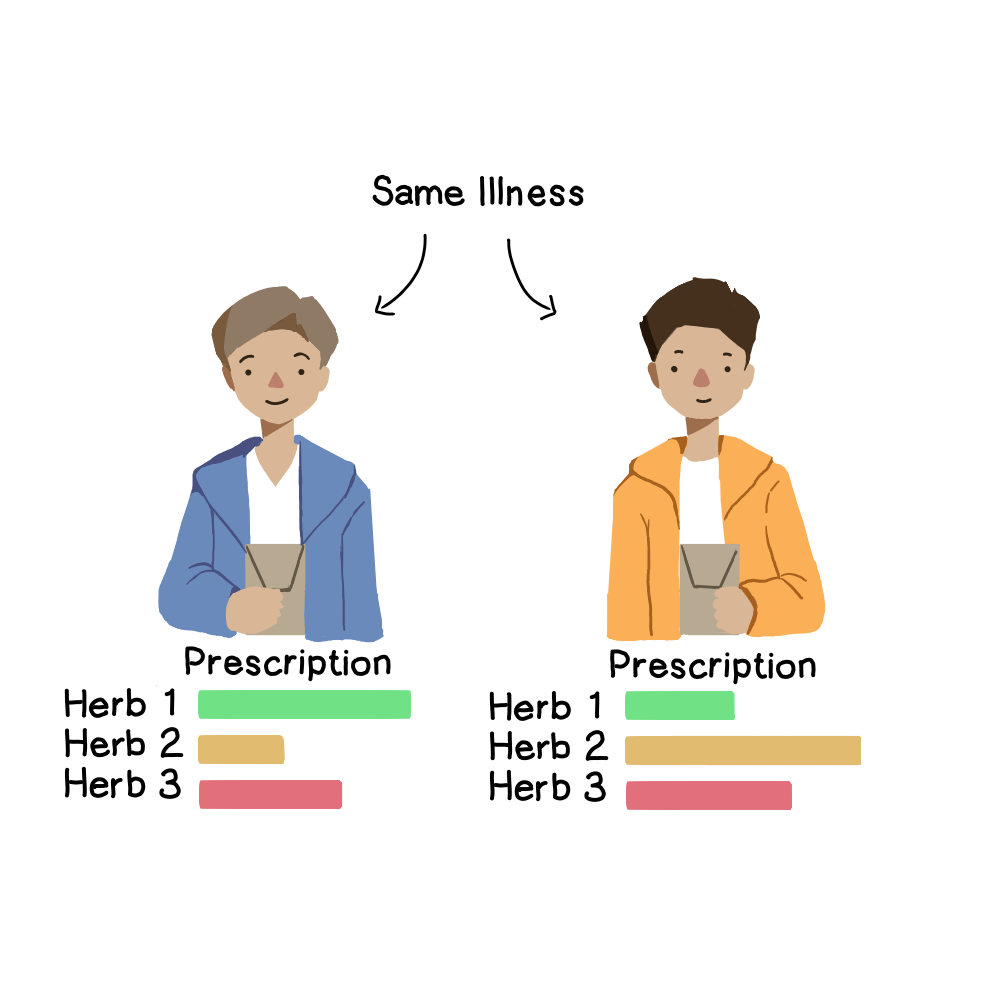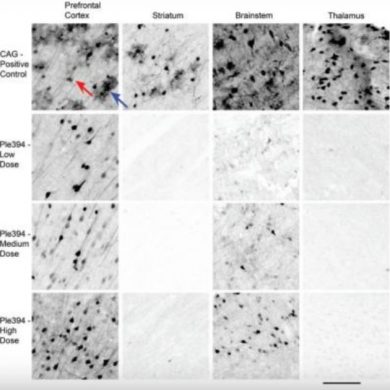Isn’t it just delightful when new editions of science textbooks come out every other year? After all, they contain the most updated information from research laboratories, the vanguard of scientific knowledge. The most recent editions may have made a few bank accounts cry, but what more could a college student ask for?
Of course, purchasing the newest edition of “Lehninger’s Principles of Biochemistry” may not be exciting, but perhaps the newest 11th revision of the World Health Organization (WHO)’s International Classification of Diseases (ICD) would be more interesting. This influential document establishes a common language for diagnosing diseases and sharing health information, and it is typically used by countries to study trends in population morbidity and mortality. In doing so, health professionals from different countries can better identify the causes of sickness and death and thus take necessary measures to mitigate further suffering. The ICD is also responsible for choosing which treatments will be insured and how health resources will be distributed. In order to keep up with the rapidly changing landscape of medical knowledge, a new revision of the ICD is released every decade.
Perhaps the most important modification of the 11th revision is the very first inclusion of a chapter dedicated to traditional medicine, with a large focus on traditional Chinese medicine (TCM). Despite millions of people using TCM, mostly in east Asian countries, this is the first time that TCM will be recognized in the ICD. By including TCM, WHO’s intention is to help integrate TCM into modern healthcare and to encourage its safe and effective use. While this is a win for proponents of TCM, WHO’s decision was met with backlash by much of the scientific community. Their main disputes were the lack of scientific evidence supporting TCM’s efficacy and its potentially detrimental repercussions on human health and the environment.
Before jumping into the details, let’s first understand what TCM is and why scientists are wary of it.
To begin, TCM is an ancient branch of medicine that has been practiced for thousands of years. It relies on Taoist philosophy which states that the body consists of qi, or “life force energy”, that travels throughout the body via channels known as meridians. Acupuncture is a form of TCM treatment that redirects the flow of qi to treat certain illnesses. Another crucial philosophical foundation of TCM is the yin yang theory, where yin and yang are opposites that are interdependent and in a constant flux of one changing into the other. According to TCM, maintaining a balance of both yin and yang is essential for good health, and imbalance is the source for many illnesses. Thus, treatment methods, such as acupuncture, herbal concoctions, and dietary therapy, focus on restoring yin and yang balance to the body.
Despite TCM’s long history, it is not very well integrated into modern medicine as there continues to be a lack of scientific backing for TCM methods and philosophy. A 2020 review of the 100 most cited TCM publications revealed variability in TCM diagnosis among TCM practitioners as well as insufficient evidence supporting the fundamental TCM concept of qi and meridians. Part of the reason why TCM methods are difficult to conduct research on is the holistic and personalized approach that is characteristic of TCM as well as the lack of standardization of TCM herbal formulas. For example, two individuals diagnosed with the same illness by western medicine could be prescribed completely different herbal remedies, each with varying proportions of herbal ingredients, based on their TCM diagnosis. For this reason, drawing comparisons between herbal formulas to determine their efficacy is not so straightforward. Moreover, the review also noted that a significant number of these publications used exaggerated wording, lacked objectivity, and appealed to tradition in their argumentation, making it even more difficult to ascertain the validity of TCM premises and methods.

While the theories supporting TCM are still up for debate, there have been occasional instances where TCM-derived treatment has been more effective than Western medicine. Looking at female infertility, one 2015 review found that women who received TCM treatment experienced a pregnancy rate that was two times higher than those who underwent in vitro fertilization (IVF) treatment, which is a costly procedure where an egg is fertilized outside of the womb in a laboratory before the embryo is placed back into the uterus. The authors noted that this difference in outcome may be due to the different approaches to diagnosis and treatment between TCM and Western medicine. For example, Western medicine may determine female infertility to be caused by an ovulation disorder such as endometriosis, whereas TCM practitioners will attribute the signs of endometriosis to a TCM diagnostic pattern known as blood stasis, which could arise from other health issues such as kidney yang deficiency or liver qi stagnation. As a result, TCM practitioners may offer different herbal prescriptions to address both blood stasis and its cause.

The key to TCM’s relative success in increasing fertility rates may lie in the guiding TCM principle of restoring balance to the whole body in order to create a physiological environment that is conducive to pregnancy. Before attempting to conceive an embryo, TCM practitioners seek to resolve any existing health conditions that are preventing a successful pregnancy. This idea can be compared to gardening. Before planting a seed, the soil and the surrounding environment are prepared to create conditions that are ideal for the seed to grow in. The TCM approach believes that optimal health will lead to higher quality eggs and better conditions for pregnancy, making a successful pregnancy more likely. In order to maximize the body’s condition, TCM practitioners often may also give advice on diet, exercise, and lifestyle to complement the herbal treatment. To continue the gardening metaphor, IVF treatment will fertilize and cause the seed to germinate, but it may not take note of the soil condition or make it the focus prior to planting the seed.
Cases like these portray TCM in a more positive light and demonstrate the usefulness of TCM in the modern world. However, TCM is not without faults. For example, many TCM formulas contain animal extracts from endangered species such as rhinoceros, pangolins, and tigers. Continual usage of these formulas can devastate the natural environment by driving these species to extinction. Moreover, TCM formulas often include ingredients that are not always reported in the packaging. DNA sequencing technology revealed that medicines contained DNA traces of animals that are not listed in the packaging and point to the prevalence of illegal trading. It has also revealed the presence of chemical toxins such as aristolochic acid, a compound found in many TCM formulas, which has been shown to act as a carcinogen that can cause kidney disease and cancer in the upper urinary tract. The addition of TCM into the ICD may promote TCM usage when so much is still not known about how TCM treatments operate physiologically and what their implications to overall human health are.
The fear is not that TCM inclusion in the ICD will force health professionals across the globe to implement TCM methodologies. Instead, the fear is that many will mistake WHO’s inclusion of TCM as its legitimization, which is concerning since WHO holds the greatest authority presiding over matters concerning international public health. WHO defended its position, claiming that its inclusion of TCM does not indicate approval of TCM practices. The goal of the inclusion is to promote the modernization of TCM by increasing TCM research to gain clearer understanding of this branch of medicine and to separate out the harmful practices so that TCM can contribute to expanding modern healthcare. Nonetheless, misinterpretation of WHO’s intention is still possible and may encourage people to dabble in TCM and potentially put their health at risk. Furthermore, inclusion of TCM in the ICD ensures that TCM treatments and prescriptions will be covered by insurance companies, which may further increase TCM usage since the inexpensive and less invasive aspects of TCM treatments attract not only the general public but also insurance companies who are more willing to reimburse low cost treatments over Western medicine’s costly procedures.
Amidst the scientific contentions surrounding the addition of TCM into WHO’s ICD, there may also be political influences that are swaying the conversation around TCM. China’s push for the propagation of TCM is part of its Belt and Road Initiative, a campaign that aims to boost global infrastructure and trade with other countries to stimulate the economy. Centers providing TCM services and education have already been constructed in several countries with more to come. Although the government officially promotes TCM, it also silences critics of TCM at home. While a political agenda does not discredit the validity of TCM, it may be important to bear the social context in mind.
So, was it a wise decision for WHO to include TCM in its newest revision of the ICD? Is TCM a locked treasure chest of medical knowledge or a Pandora’s box that will inflict damage to human health and the environment? Perhaps it is both and simply a situation of looking at two sides of the same coin. TCM does have its shortcomings and faults, but perhaps it can help pave the way for a collaboration between modern and traditional perspectives on medicine. What one side lacks, the other can make up for.
Sources
- https://www.who.int/news/item/18-06-2018-who-releases-new-international-classification-of-diseases-(icd-11)
- https://www.amcollege.edu/blog/yin-and-yang-in-traditional-chinese-medicine
- https://www.sciencedirect.com/science/article/abs/pii/S0965229914001915?via%3Dihub
- https://www.sciencedirect.com/science/article/pii/S0965229911001294?via%3Dihub
- https://onlinelibrary.wiley.com/doi/full/10.1002/em.21756
- https://www.sciencemag.org/news/2012/04/dangers-chinese-medicine-brought-light-dna-studies
- https://www.nature.com/articles/d41586-019-01726-1
- https://www.nature.com/articles/d41586-018-06782-7
- https://www.scientificamerican.com/article/the-world-health-organization-gives-the-nod-to-traditional-chinese-medicine-bad-idea/
All illustrations drawn by Lu Yue Wang
